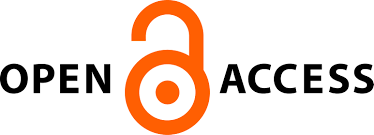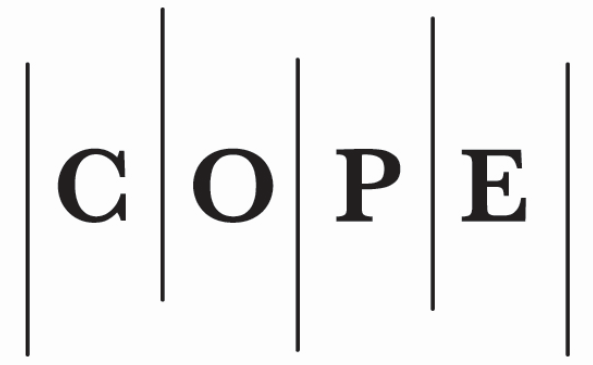A COMPARATIVE ANALYSIS OF PUBLIC ACCOUNTABILITY MECHANISMS
plugins.themes.bootstrap3.article.main69440f1b60002
Santrauka
This comparative analysis defines public accountability mechanisms as essential tools in public governance, highlighting their role in ensuring transparency, responsibility, and effective oversight. The study aims to articulate these mechanisms, explain why they exist, and explain why they are essential in ensuring good governance. It also examines various examples of the broad ways in which officials can be held accountable. Fundamental mechanisms include performance evaluation, transparency, audits, and legal basis. This comparative study contrasts public accountability devices in the United States, China, the United Kingdom, India, and
Scandinavian countries. The goal is to identify similar and different strategic means by which these devices are realized, and highlight the impact that this has on transparency, efficiency, and public trust in governance. The study analyzes these various approaches to provide insights into what has worked in public accountability and where efforts for improvement might be made. This contributes to the formation of a better understanding of how different governmental systems help to improve accountability and develop public trust through good administrative practices.






